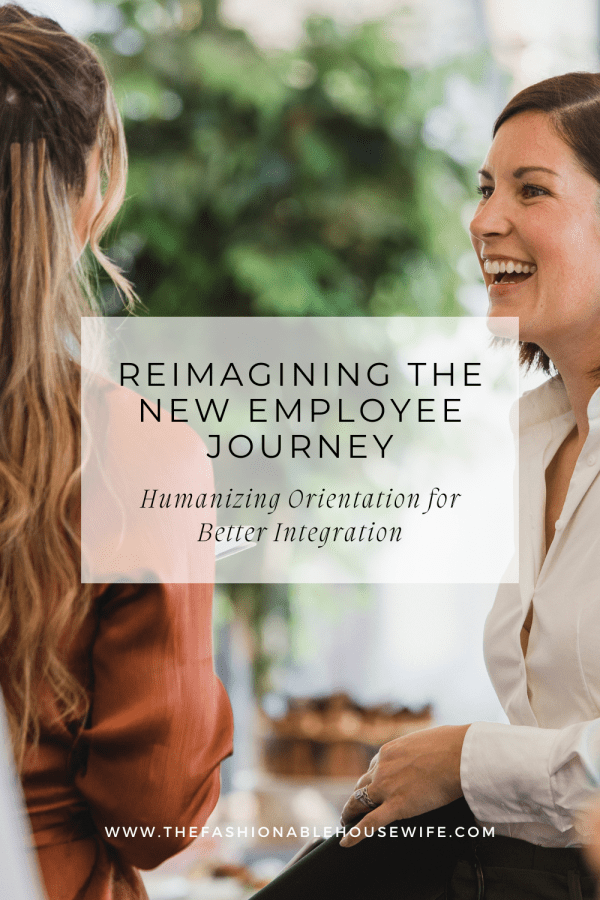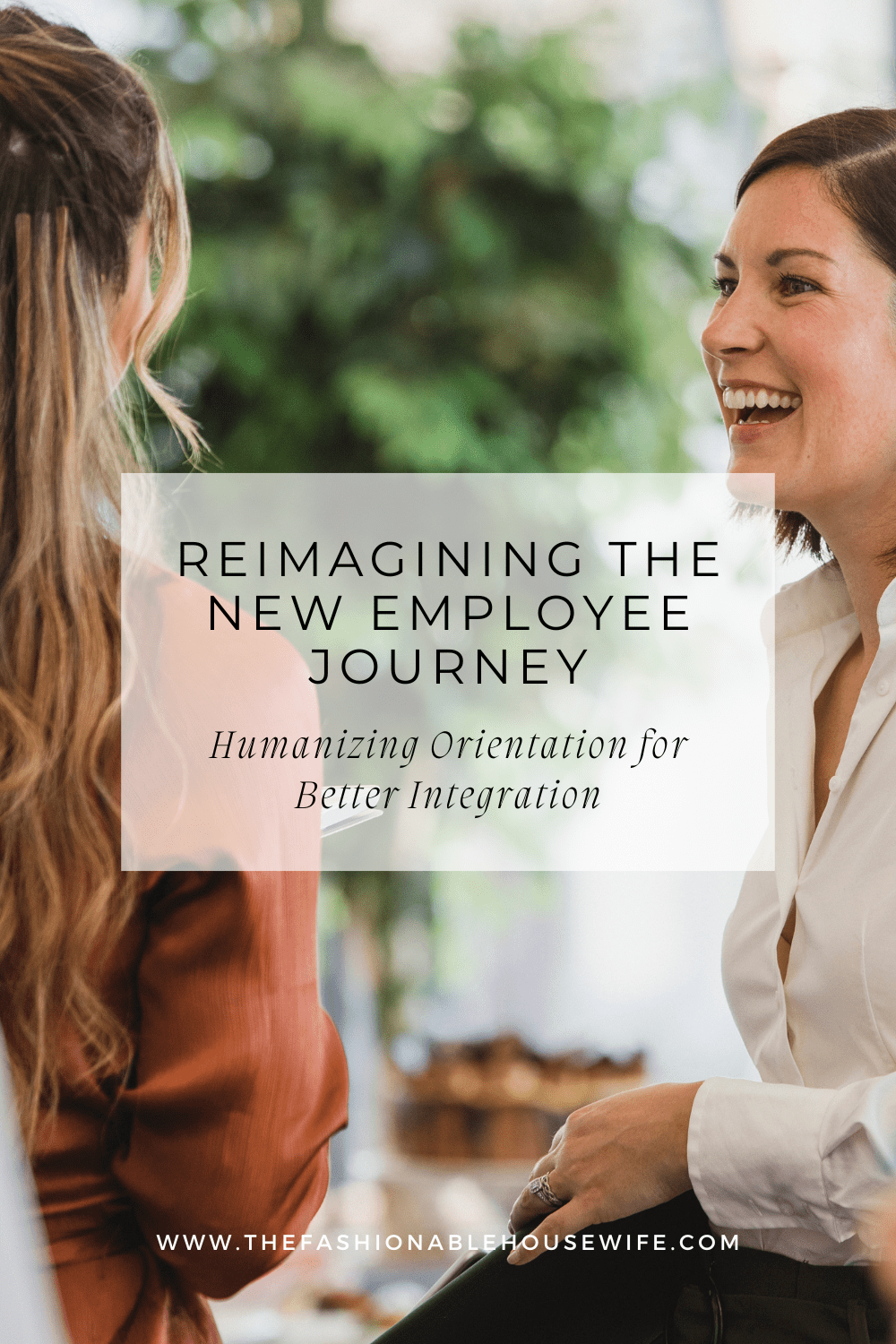Reimagining the New Employee Journey: Humanizing Orientation for Better Integration

Key Takeaways
- Designing an employee-centric orientation experience is crucial for integration and retention.
- Orientation programs enriched with interactive and engaging elements foster a sense of belonging.
- Ongoing support and feedback are critical components of a successful orientation process.
Table of Contents
- Human-Centered Orientation
- Interactive Learning
- Cultural Immersion
- Mentorship and Support
- Orientation Feedback
- Technology and Orientation
- Community Building
- Feedback Culture
- Legal Considerations
- A New Standard in Orientation
Employees venturing into a new professional chapter often bring with them a mix of anticipation and nerves. A thoughtfully crafted new hire orientation that balances knowledge acquisition with engaging personal interactions can swiftly transform these nerves into enthusiasm and confidence. By prioritizing a human-centered approach, businesses can simplify the transition for new hires and strengthen their long-term commitment to the company.
Human-Centered Orientation
Remember your first day at a new job? That blend of eagerness and apprehension could have been significantly swayed by the degree of warmth and engagement provided during your orientation. A human-first approach, with activities focused on building genuine connections, can profoundly impact new hire retention and overall company morale. Instead of a barrage of facts and figures, imagine being greeted by storytelling sessions from existing employees, offering insight and a sense of belonging.

Interactive Learning
The days of passive learning are behind us. In the age of interactivity, orientations that incorporate practical, hands-on learning experiences stand out. These might include realistic job previews, gamified learning platforms, or mixed-reality scenarios that mimic challenging work situations. Active learning ensures vital information sticks and maintains new employees’ engagement and excitement levels, creating an indelible mark on their professional journey.
Cultural Immersion
Company culture defines the intangible atmosphere of the workplace and significantly influences worker satisfaction. Thus, orientation sessions should serve as a cultural immersion, introducing the foundational beliefs, unique traditions, and shared language that binds the company together. When new hires understand and connect with these cultural nuances, they are more likely to feel at home, perform at their best, and promote the company values organically.
Mentorship and Support
The presence of a knowledgeable and approachable mentor cannot be overstated in a new employee’s journey. This support system provides technical guidance and nurtures the employee’s growth within the company. A well-executed mentorship component in the orientation phase reassures new hires that they are not alone, making their transition smoother and clearing the path for open communication and learning.
Orientation Feedback
A robust orientation process is inherently iterative, continually improving based on the experiences and input of each new cohort. By actively seeking feedback from new hires, a company demonstrates its commitment to their satisfaction and professional development. This dialogue can enhance program content, delivery methods, and overall onboarding strategies, ultimately refining the integration process for future waves of talent.

Technology and Orientation
Technology can be a powerful enabler in today’s orientation processes, offering scalability and consistency across wide geographical spreads. Integrating virtual reality tours, online learning management systems, or AI chatbot generators cater to diverse learning styles and modern expectations. However, balancing tech innovations with the nuanced human touch that fosters genuine employee connections is critical.
Community Building
Humans are inherently social beings; we thrive on interaction and community. By incorporating community-building initiatives into the orientation, new hires can rapidly forge professional relationships supporting them in their roles. Whether through cross-departmental introductions, collaborative projects, or social outings, these interactions can be pivotal in helping employees feel like part of the team from the very start.
Feedback Culture
Creating a culture where feedback is not just encouraged but celebrated sets the stage for an environment of continuous learning and progress. Introducing this ethos during orientation allows employees to understand that their voices matter and that the organization values their perspectives. This proactive engagement can catalyze innovation and drive the company forward.
Legal Considerations
While fostering a prosperous, human-centered orientation experience, we must recognize the pertinent legal and procedural components. These might encompass employment contracts, confidentiality agreements, and compliance training—critical pillars ensuring the employee and the organization are protected and informed. Creatively structuring these elements can make even the most mundane legalities engaging and educational.
A New Standard in Orientation
The days of rote, paper-laden orientations should be a remnant of the past. A multi-faceted, humane approach that warmly welcomes new hires, aligns them with corporate culture, and supports their every step is no longer a luxury—it’s a necessity. By setting a new standard for comprehensive orientation programs, organizations ensure that they adapt to the modern workforce and actively enrich it.

